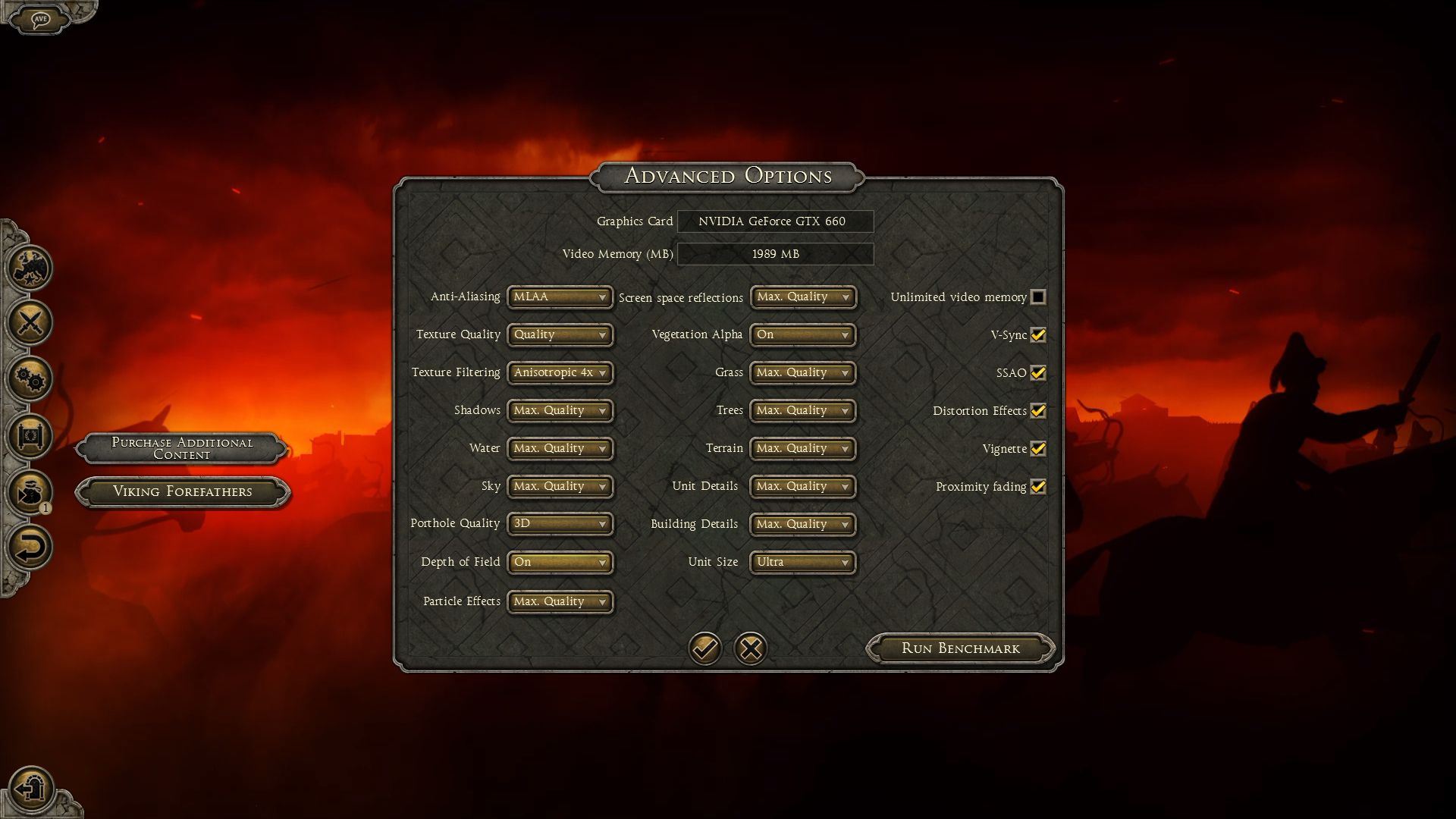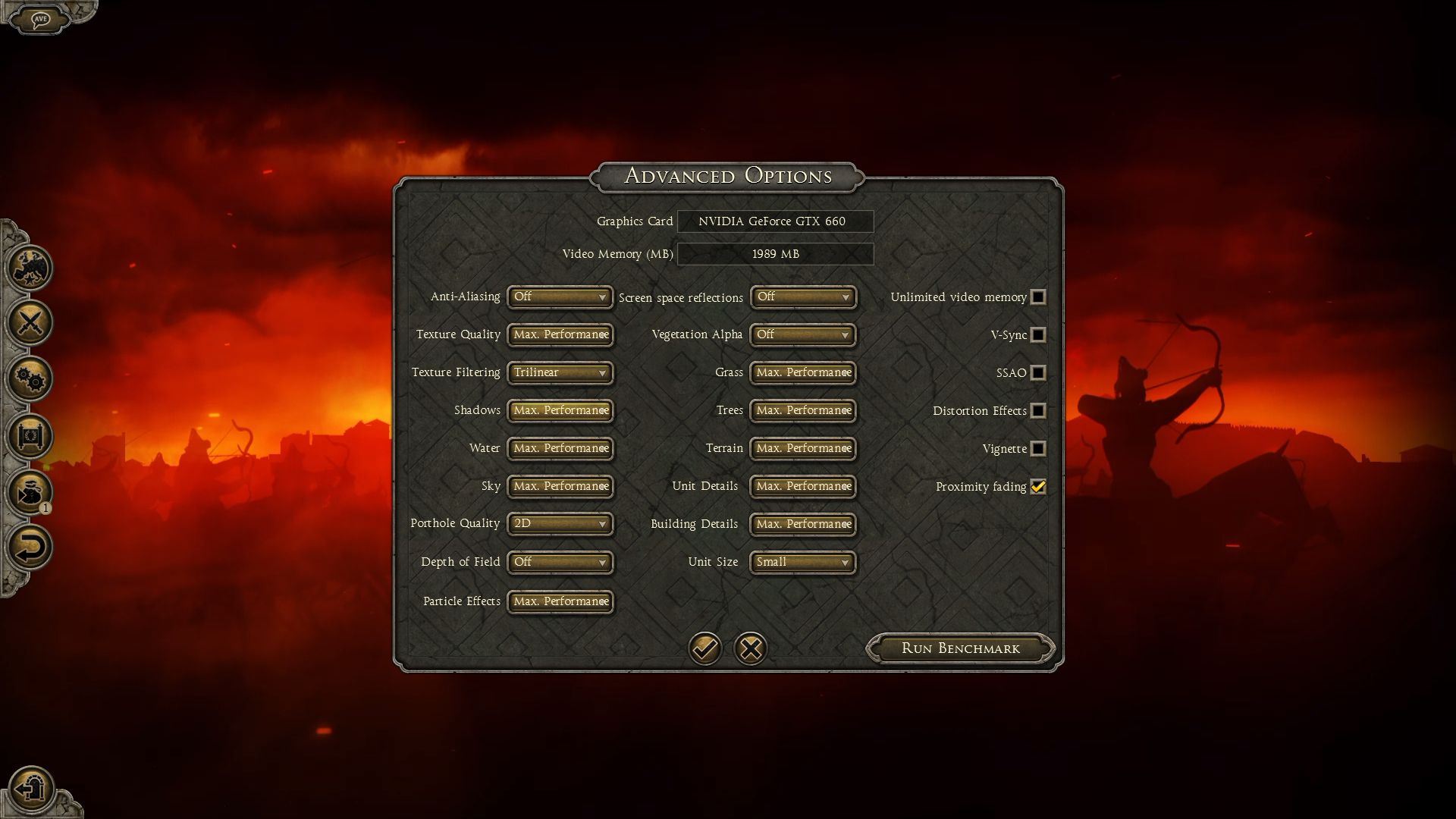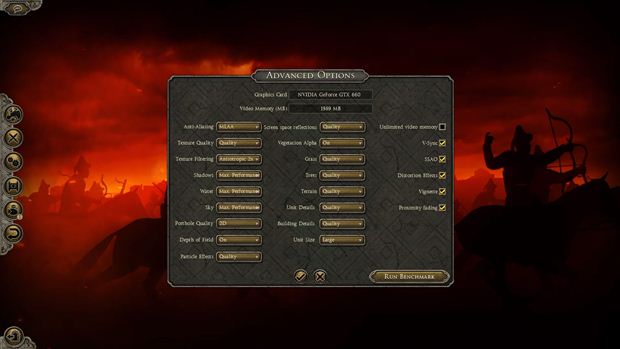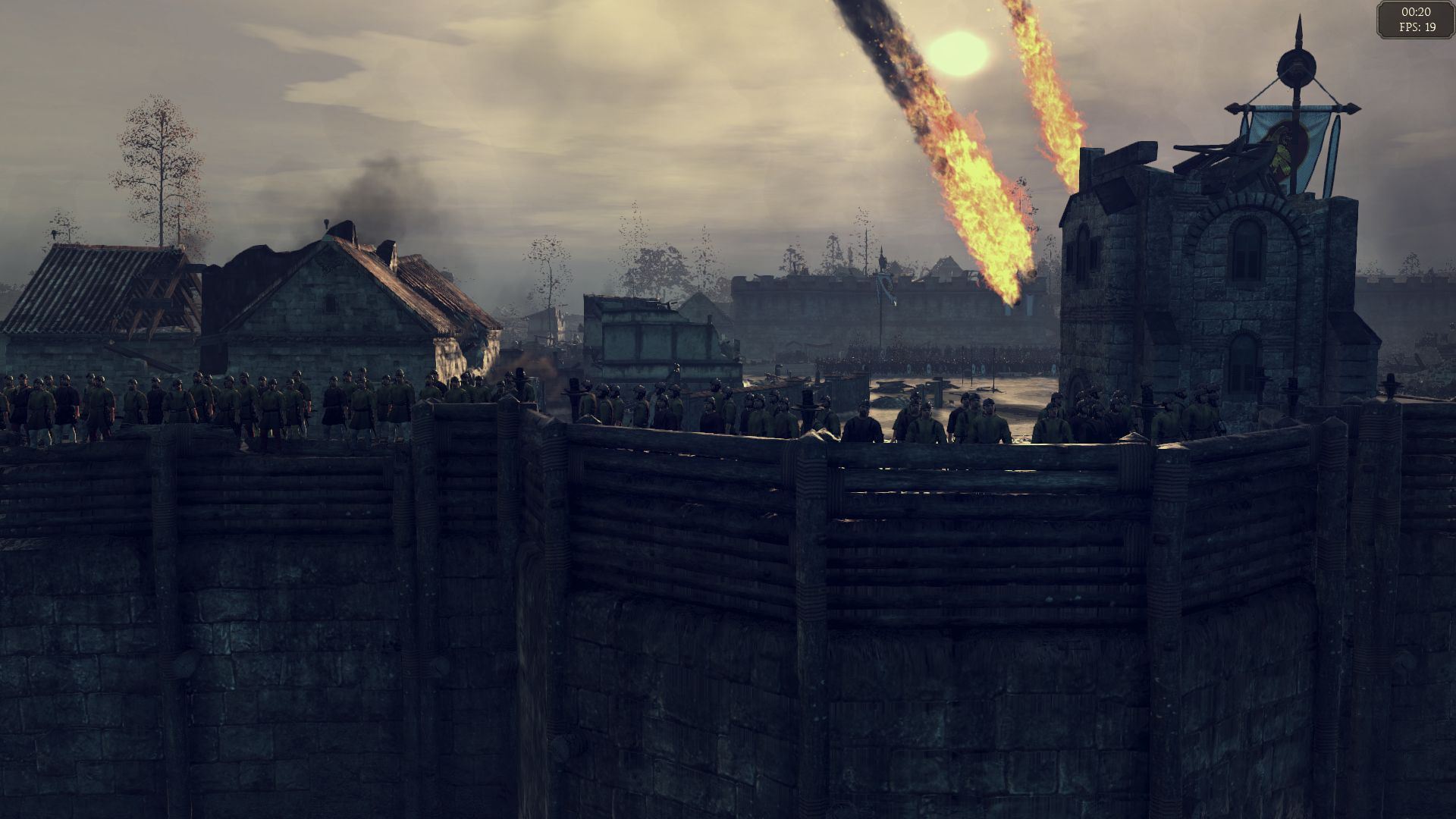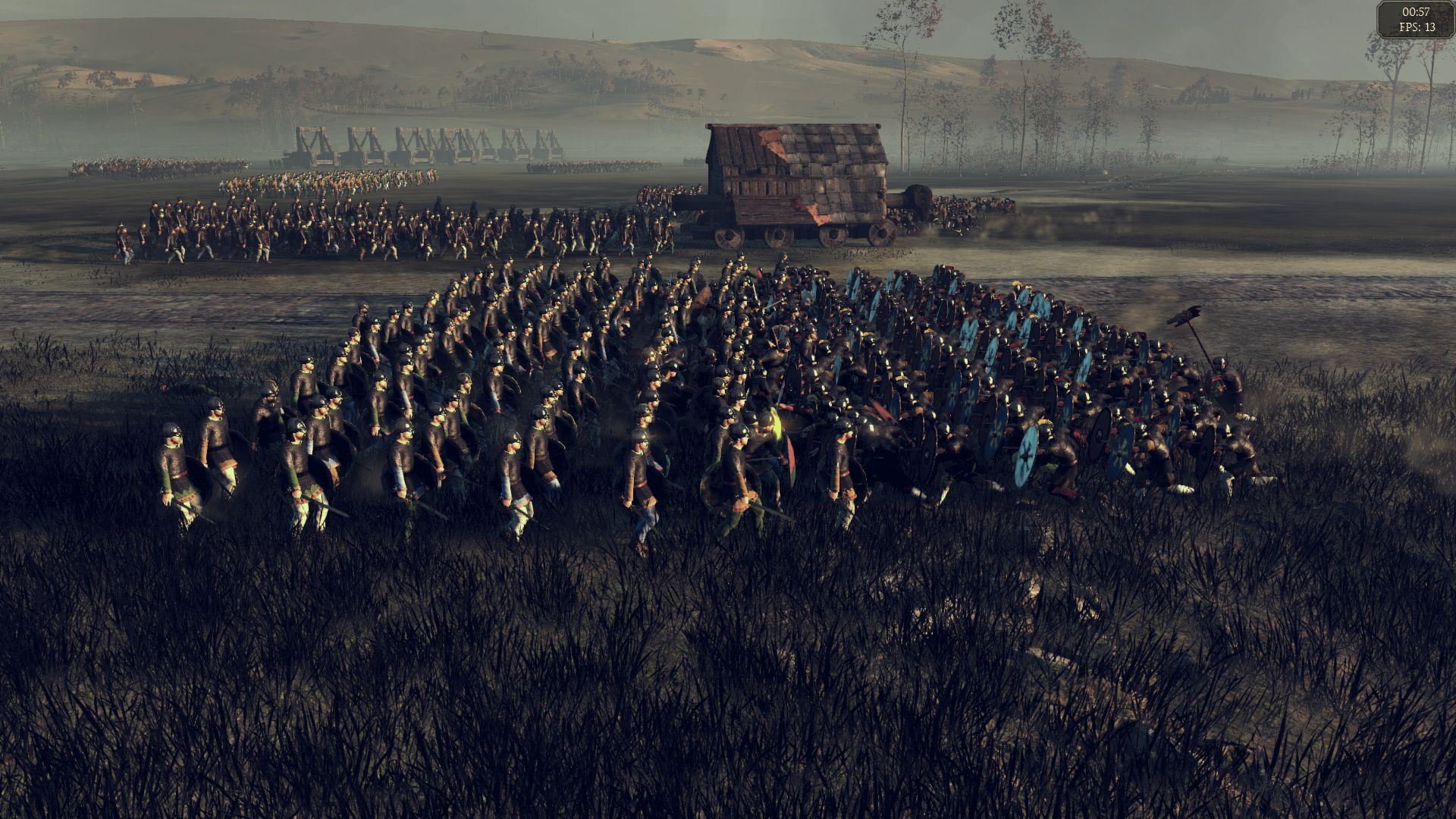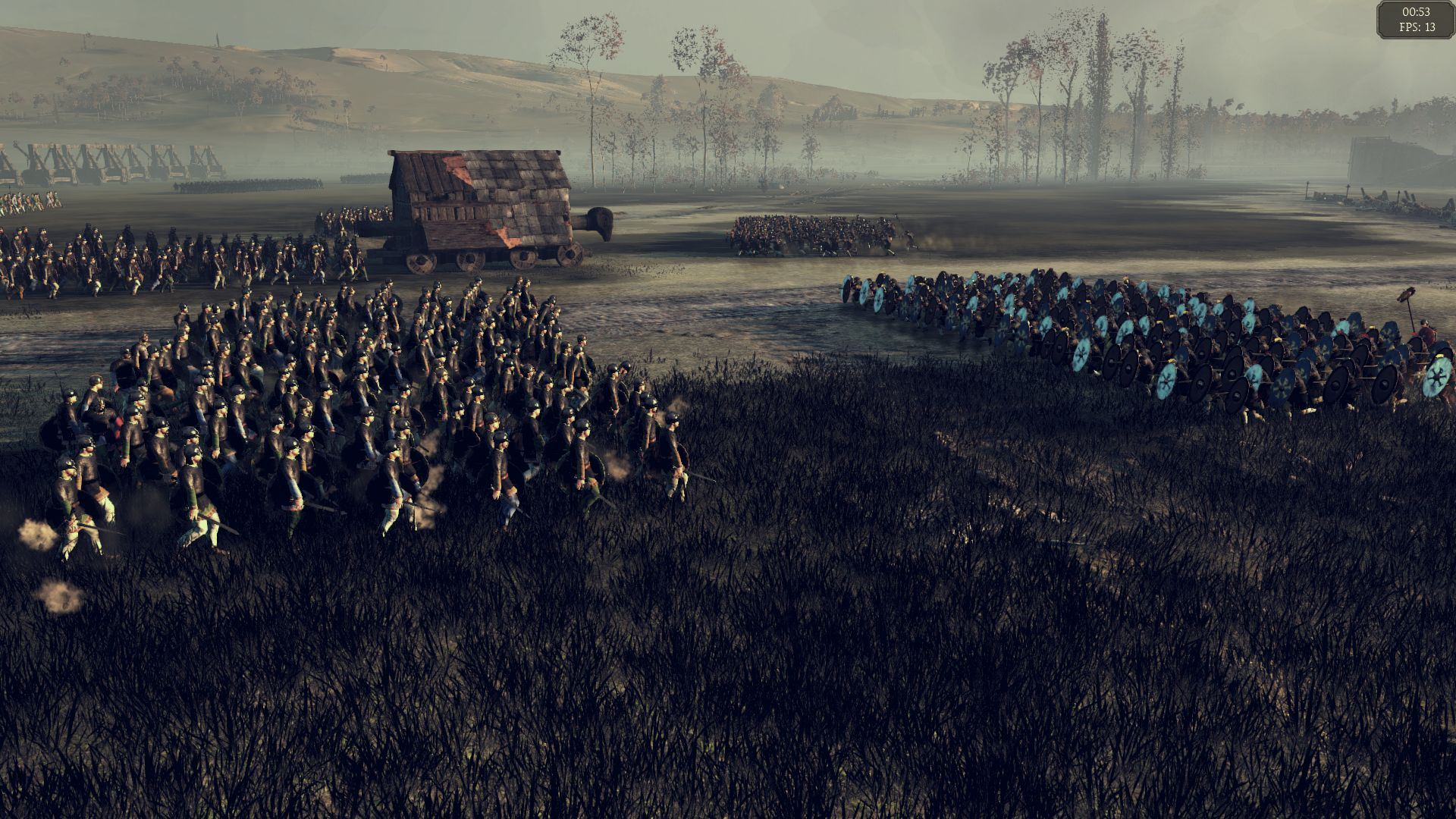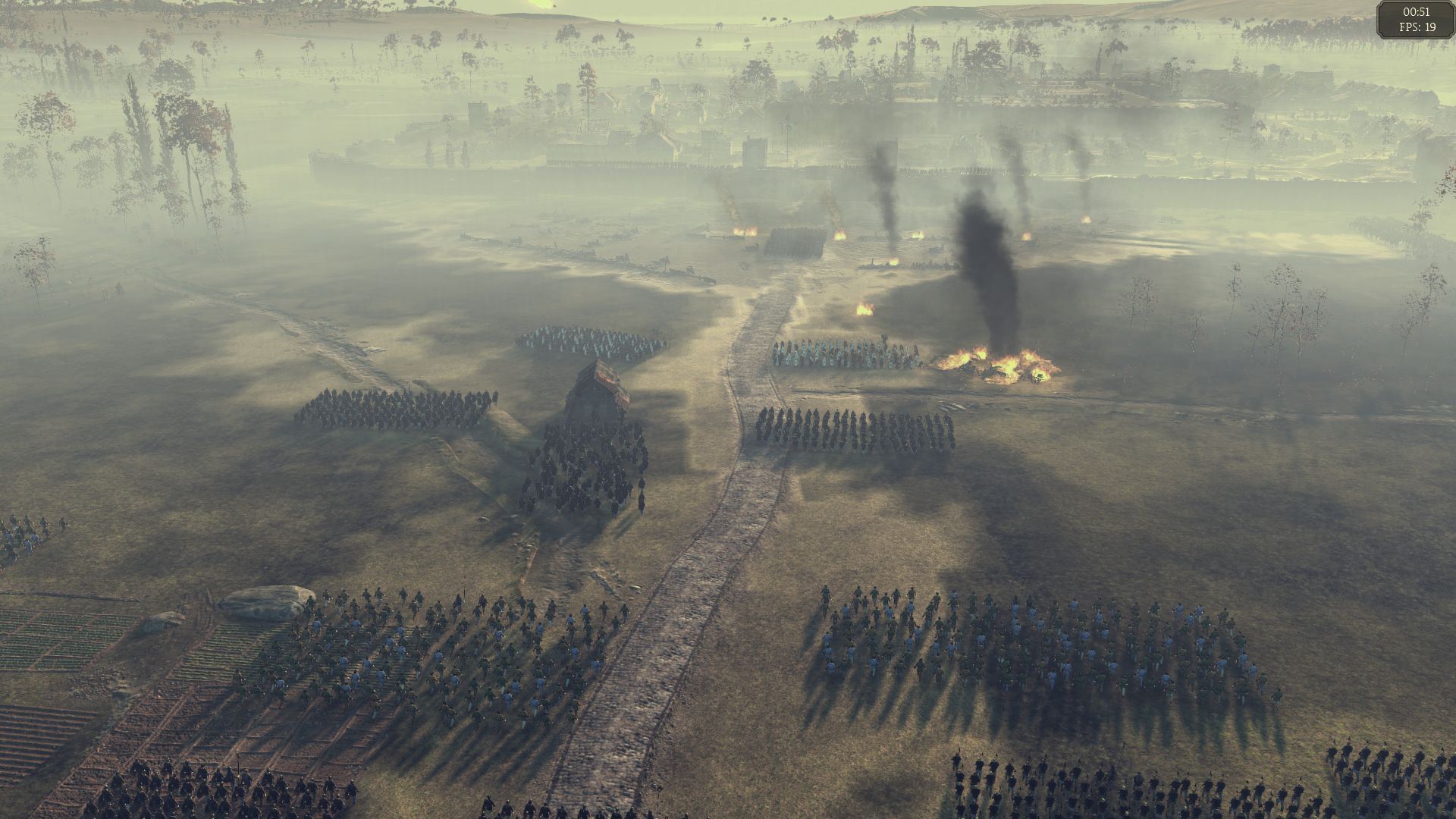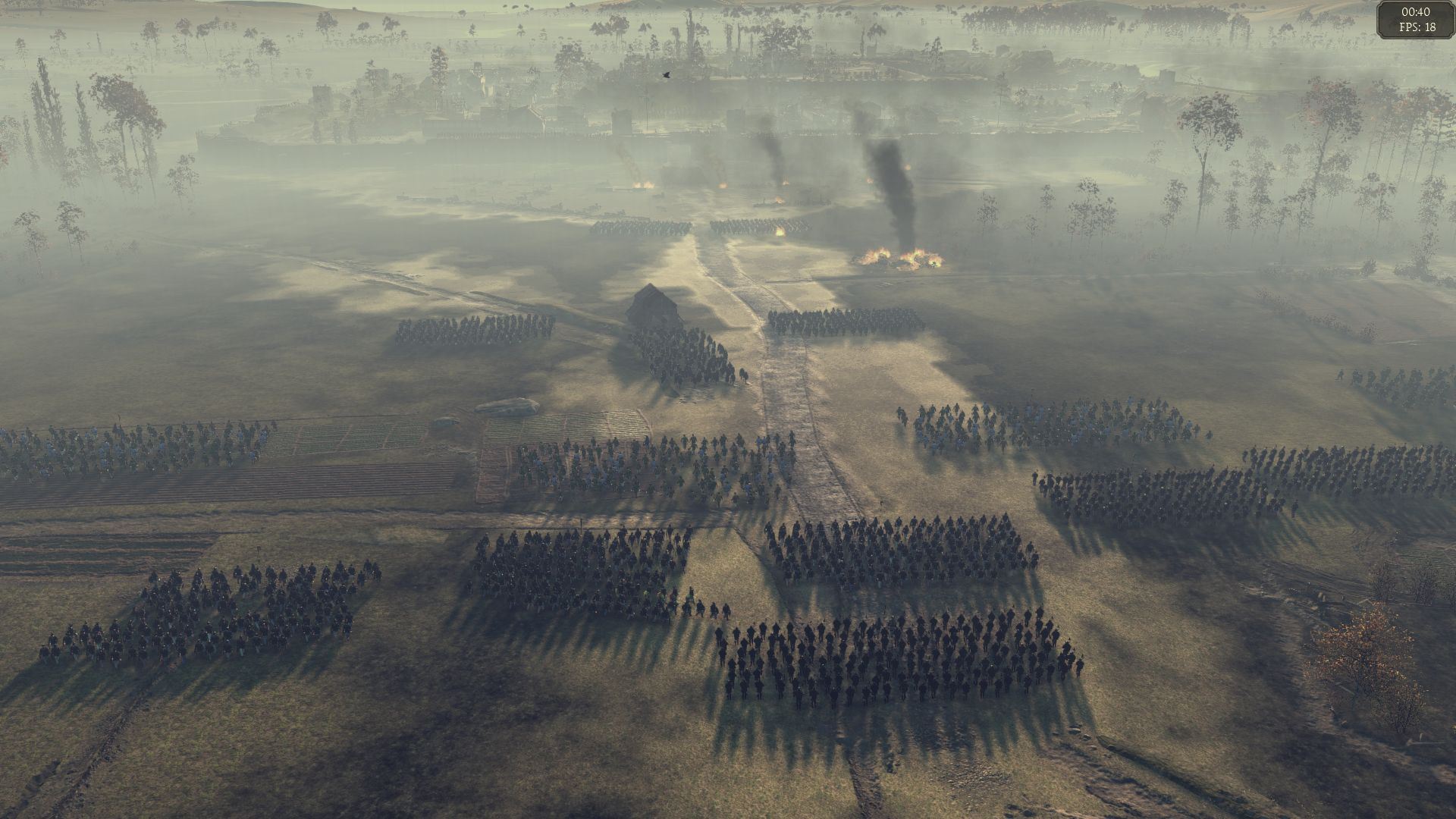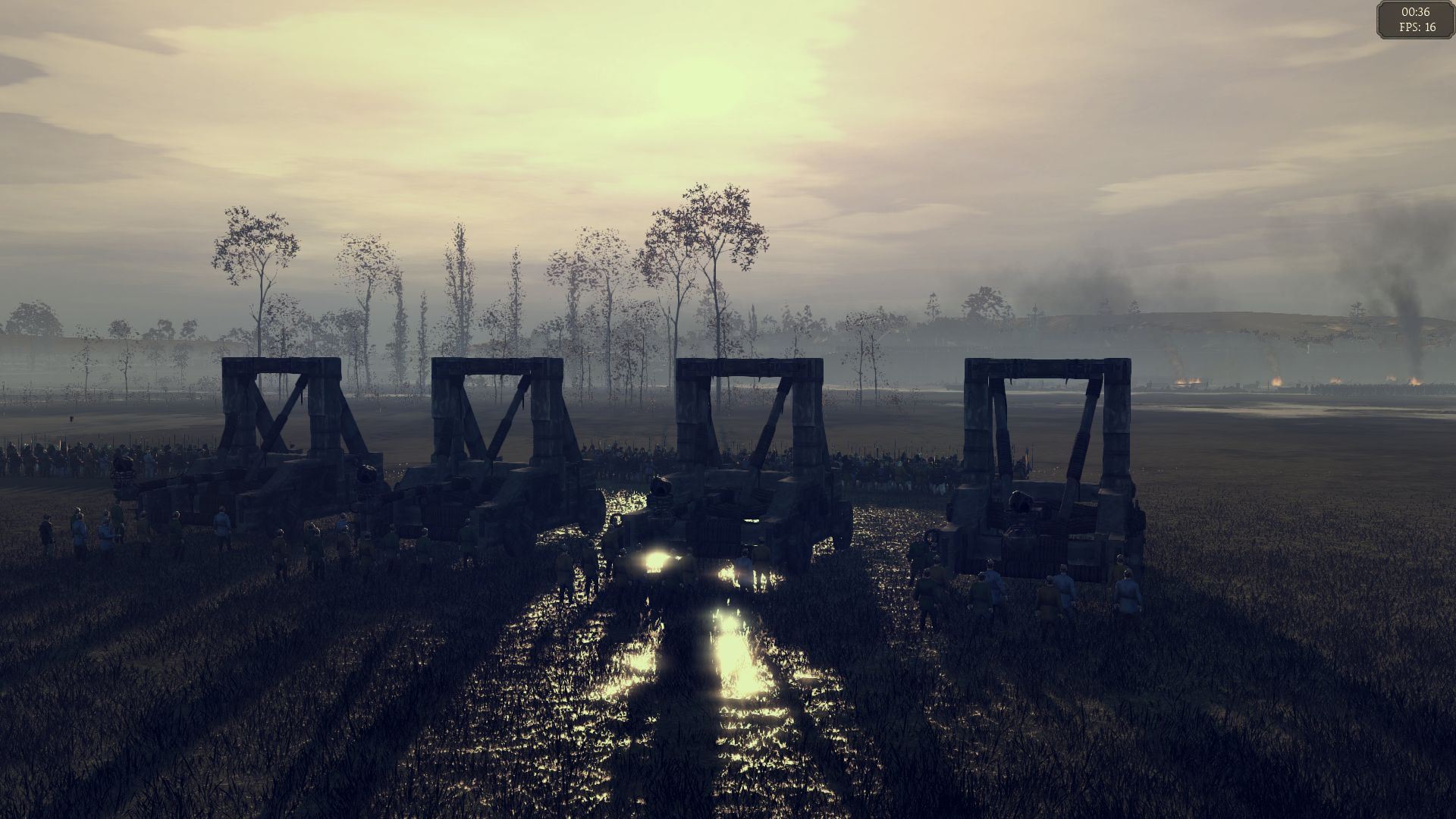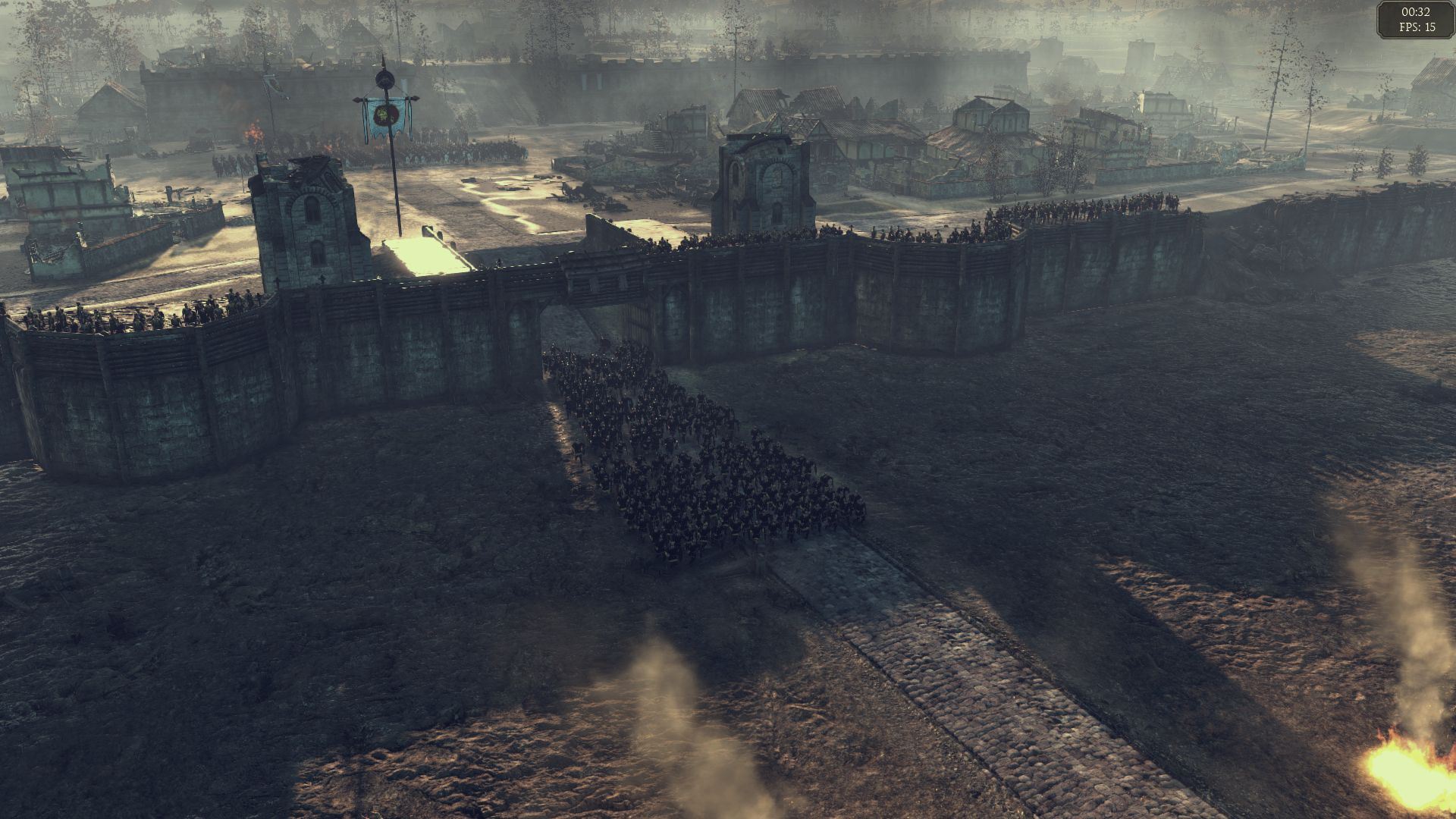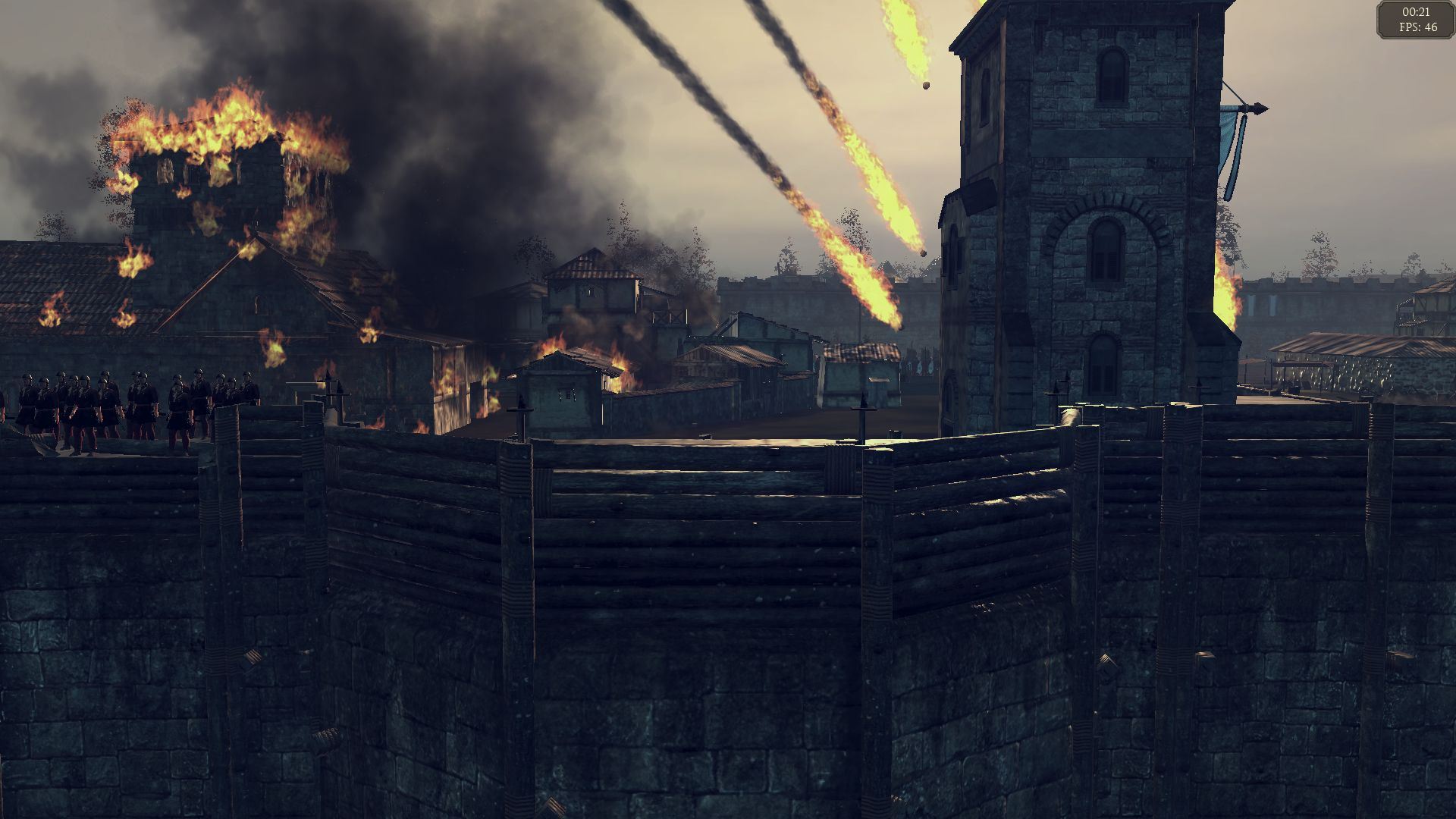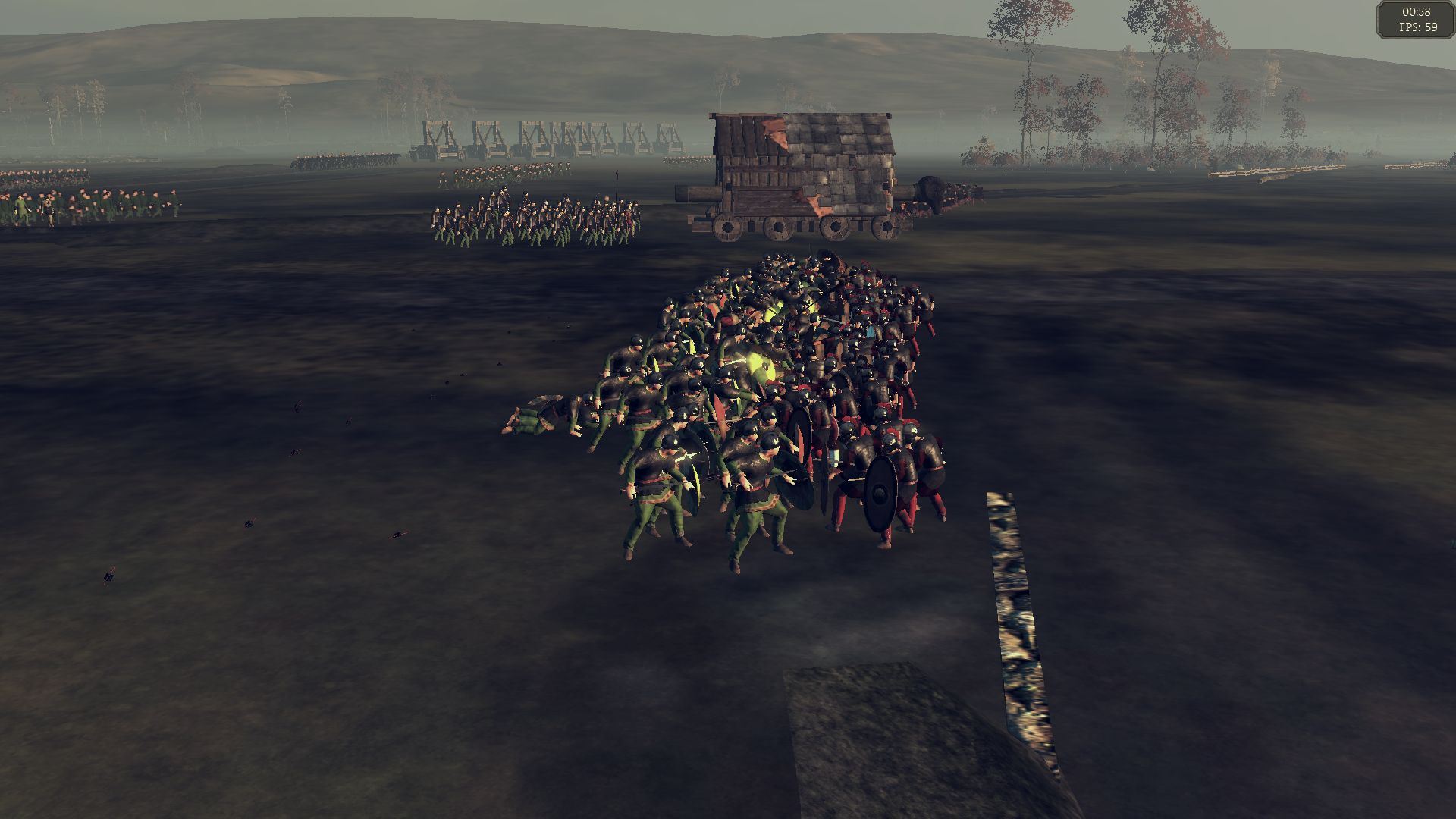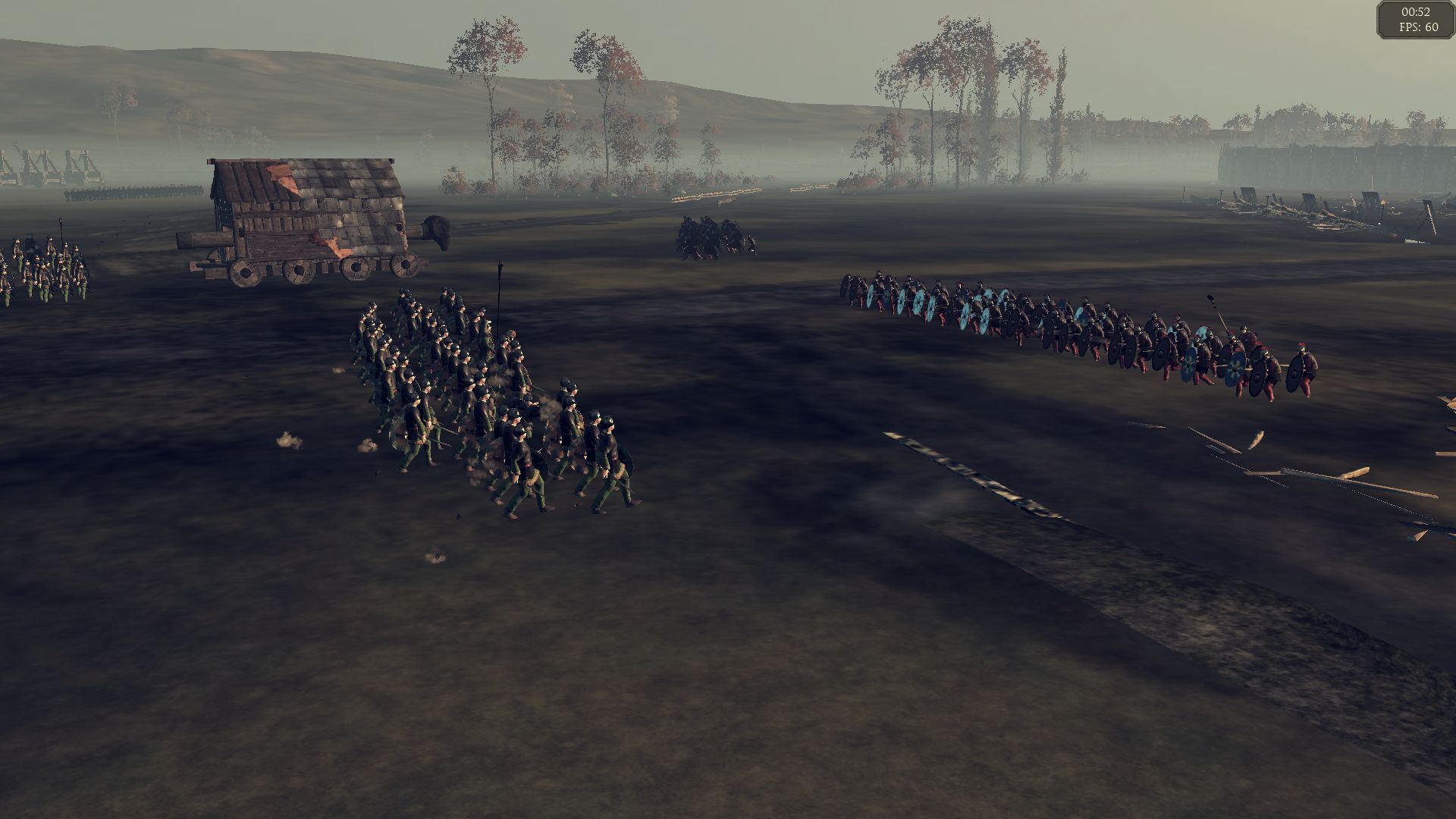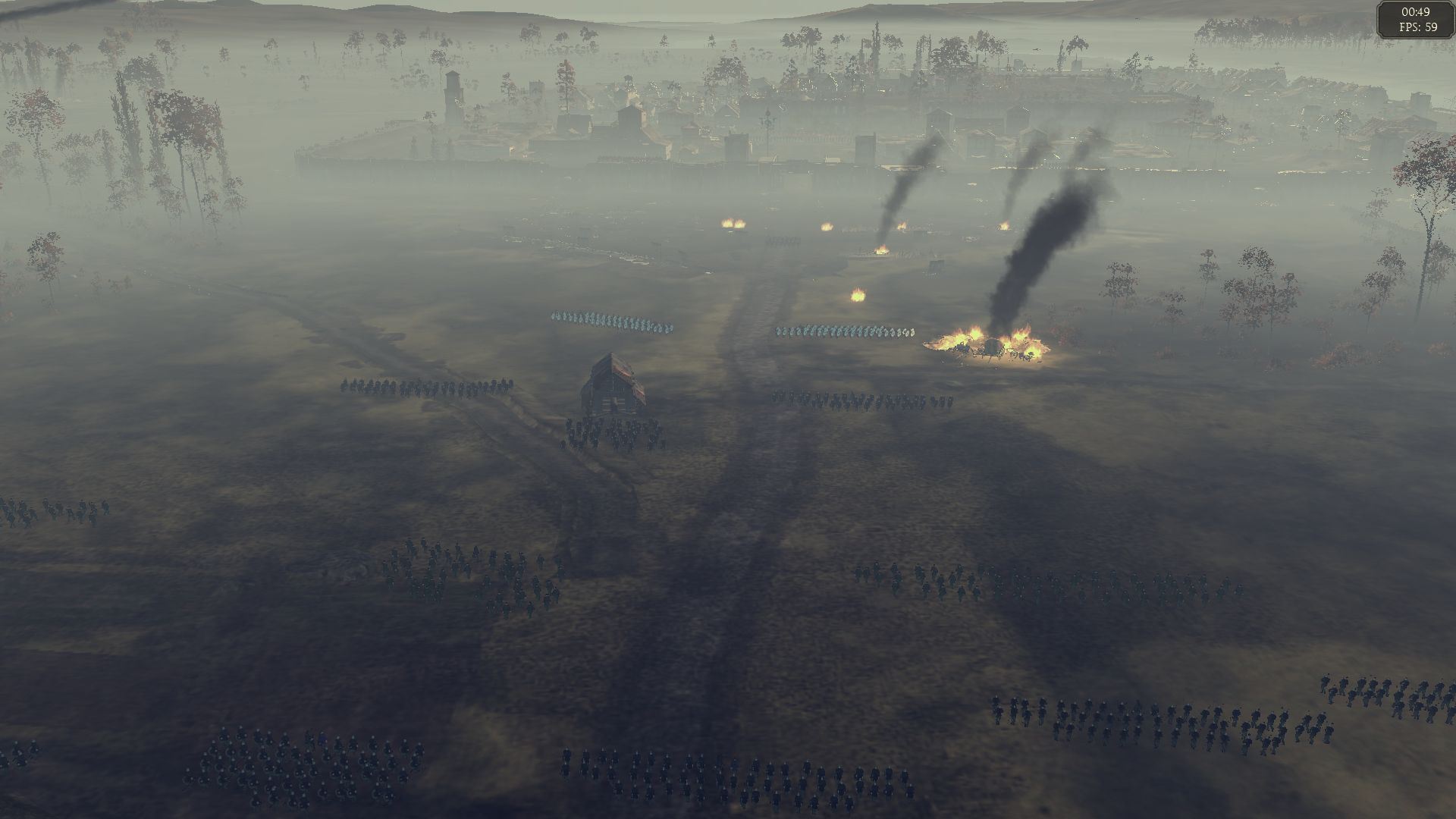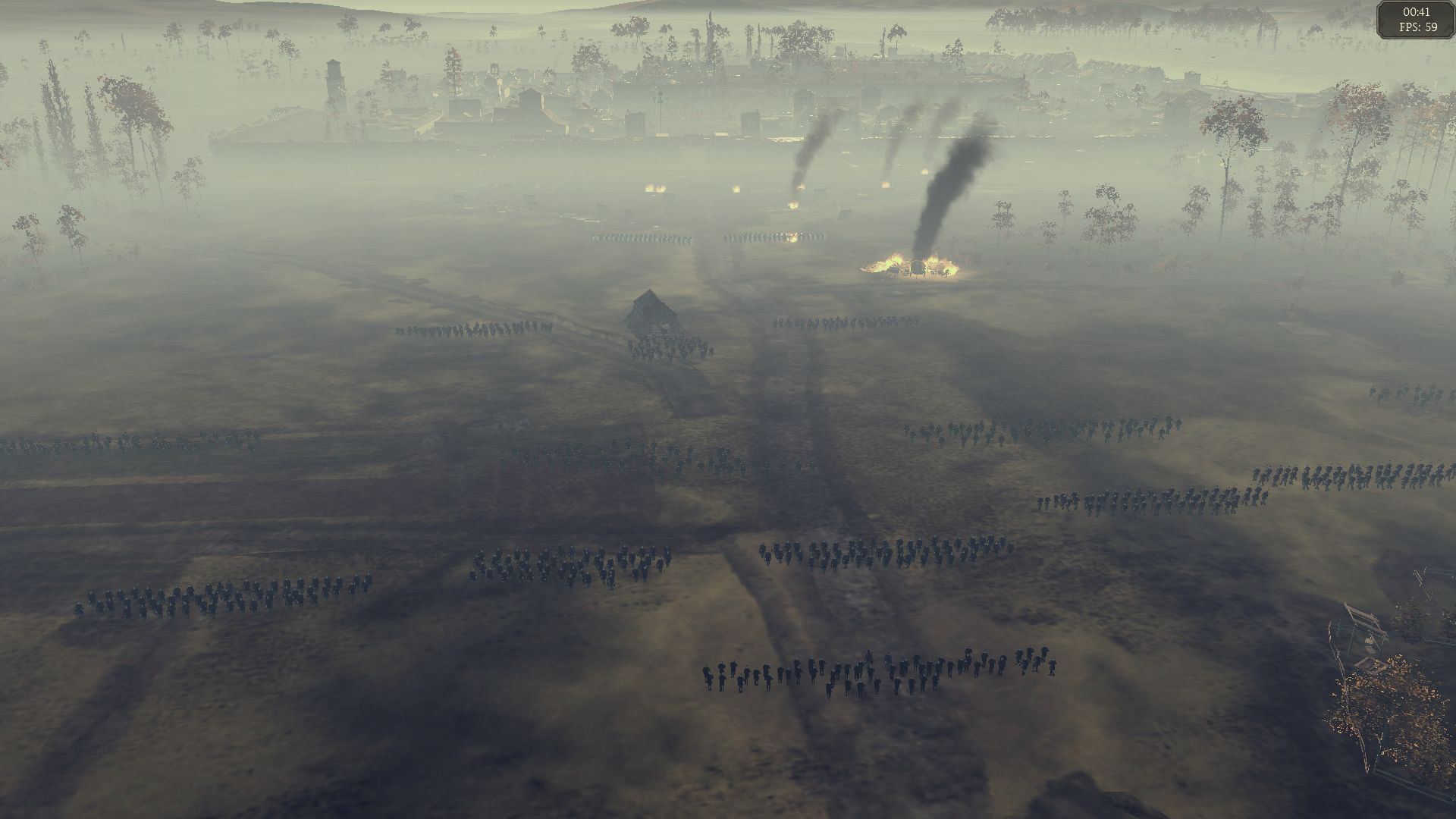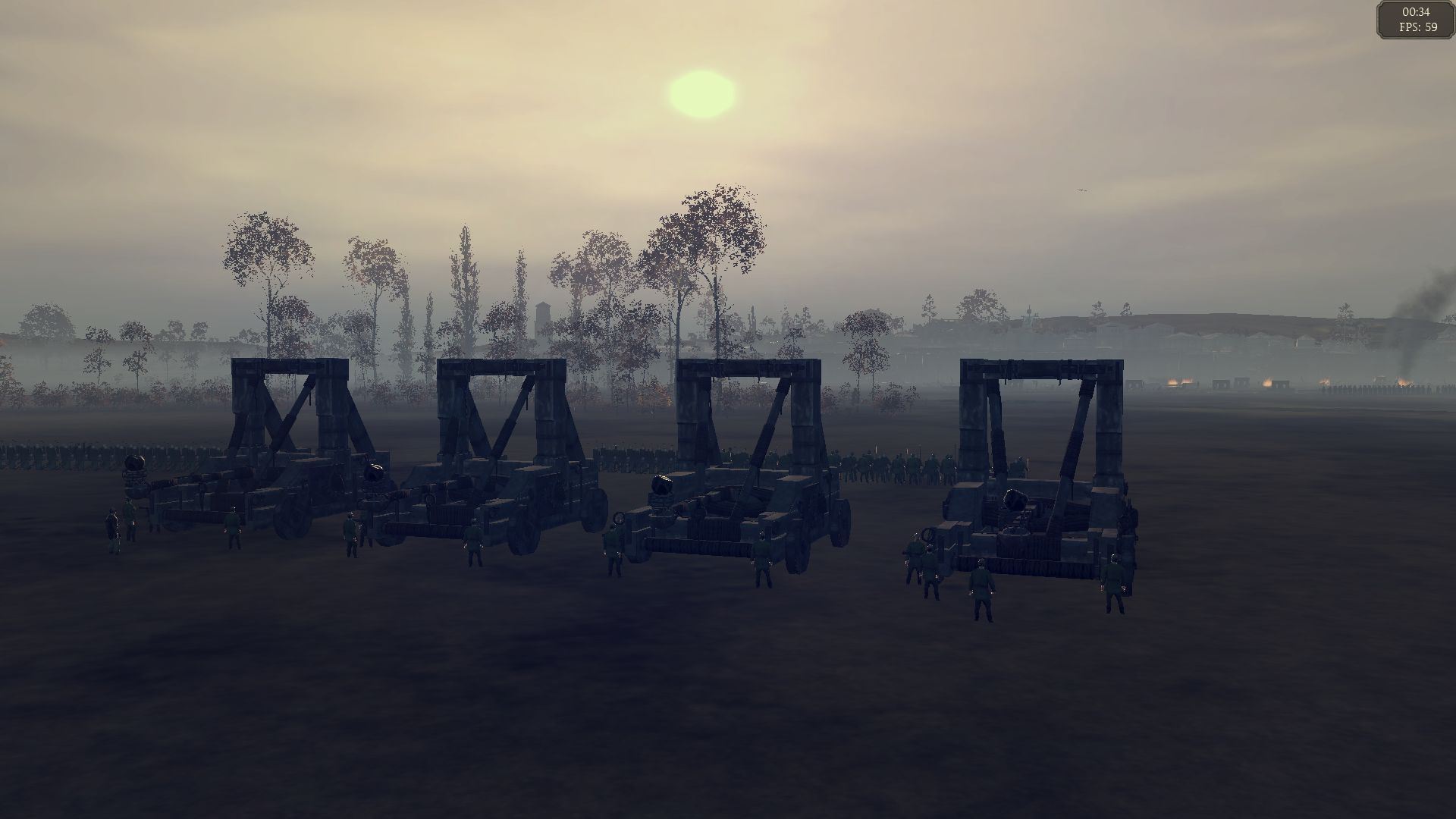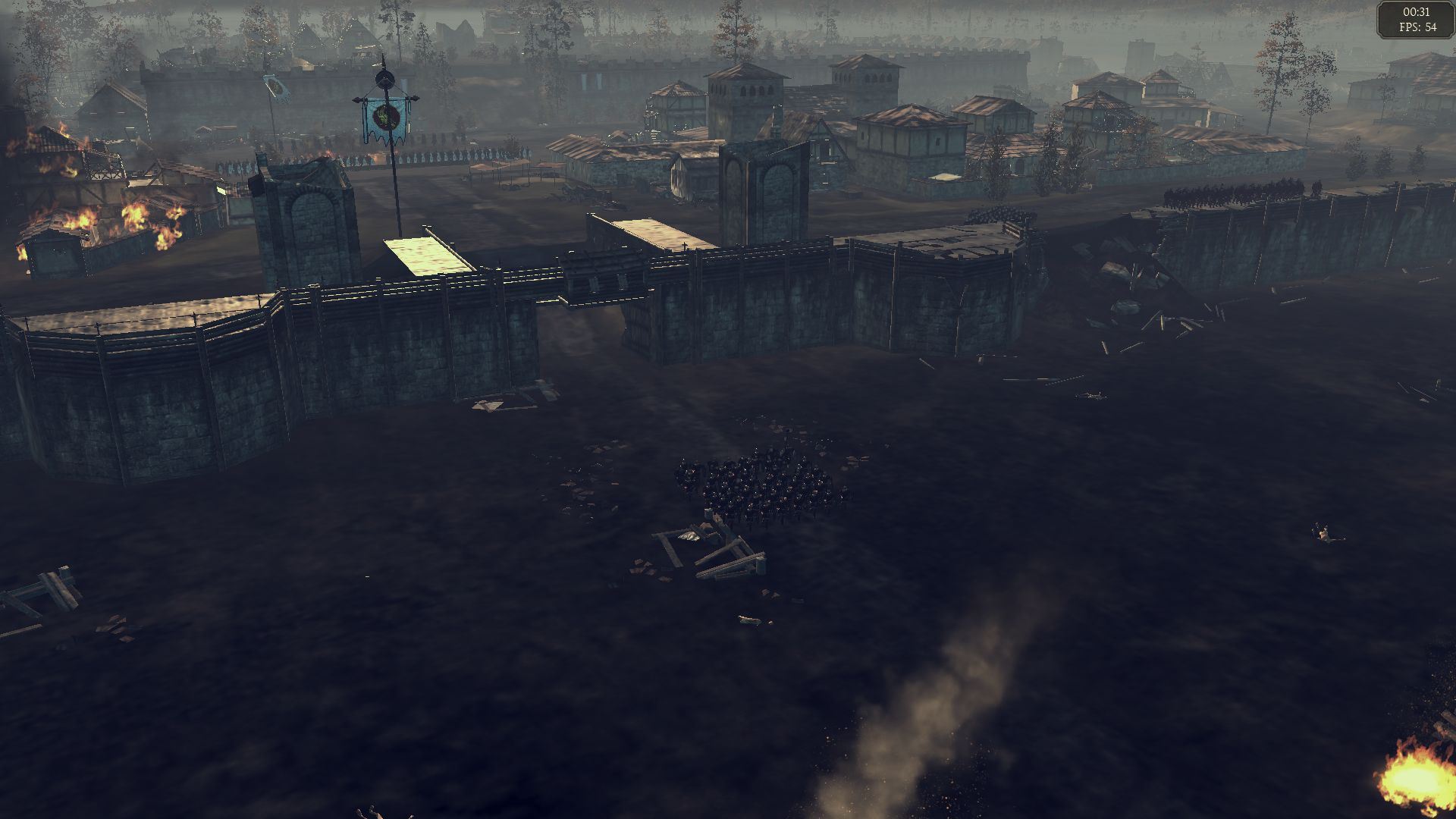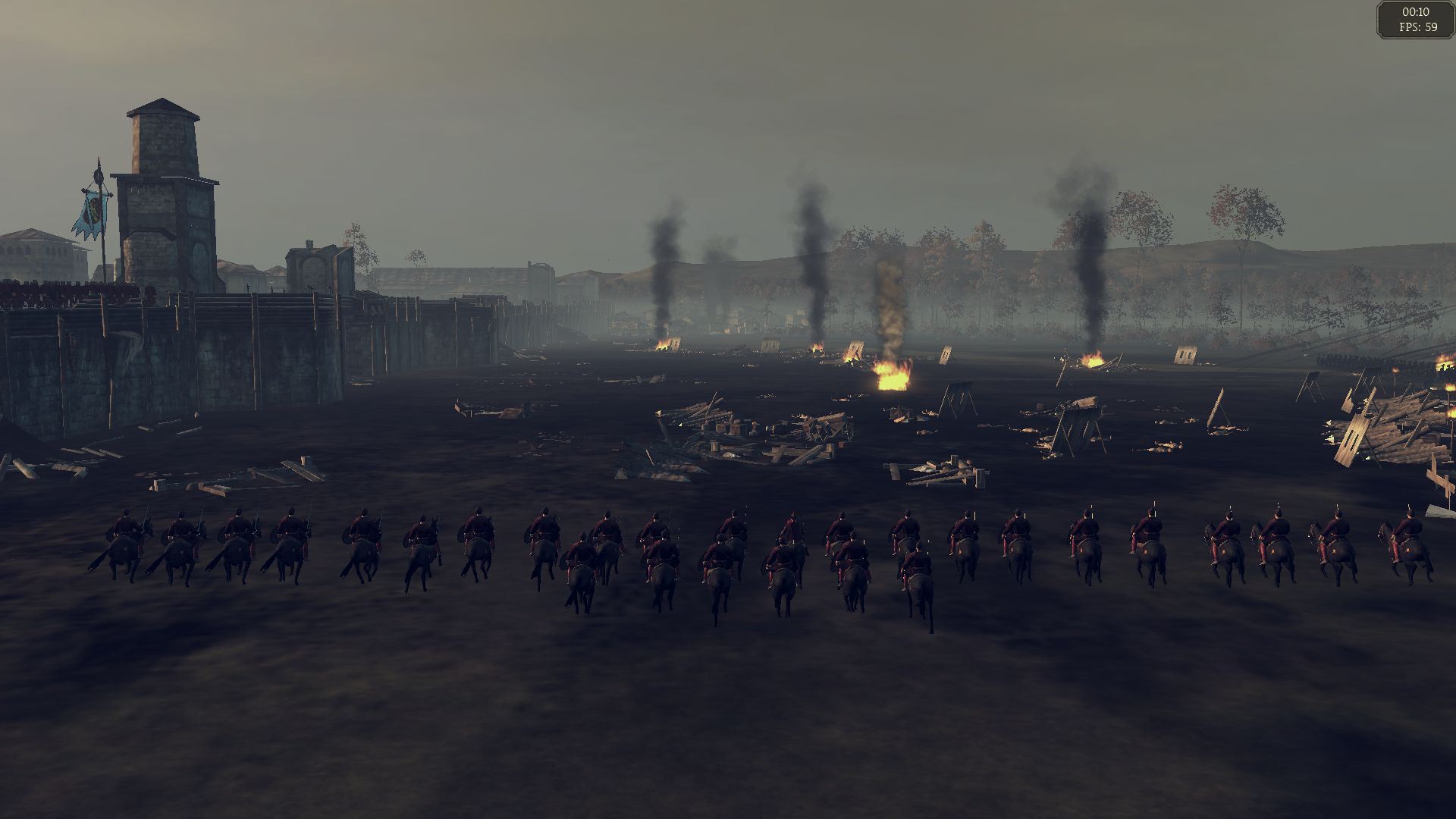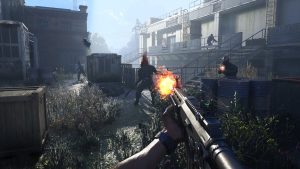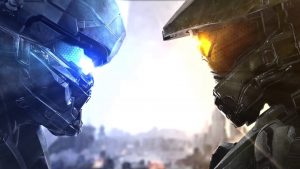
The Creative Assembly has had a bit of a mixed range of games releasing in the past year. The developer prides itself on its Total War series but ventured into the first person, survival horror realm with Alien: Isolation. It’s received plenty of post-launch DLC support as well even though yet another game is out with Total War: Attila. Of the various releases The Creative Assembly, Total War: Rome II sticks out as a bit of a sore thumb in the gameplay department. Suffice to say, not a lot of people were happy with the release.
Total War: Attila aimed to outdo and succeeded for the most part but perhaps the biggest step up has been with the graphics. With its latest release, The Creative Assembly had added a new “Extreme Quality” setting and it proclaims that no card is set to this out of the box. Nvidia Titan X consumers will have plenty to look forward to for sure but what about the rest of us?
To start off with, Total War: Attila features a fairly large amount of customization in its graphical options. Settings like texture quality, shadows, water and sky are divided on the basis of performance and quality – Max. Performance obviously means the lowest possible quality, thus delivering a better frame, while Max. Quality is focused on the best visuals at the cost of frame rate.
Attila features an in-depth graphical settings.
One can also customize the level of detail in the terrain and units along with deciding on the number of units on screen once. What the last option essentially entails is how epic and large scale some of the battles look while individual units can have their animation quality and detail level customized accordingly. Other options include screen space reflections, depth of field, screen space ambient occlusion (SSAO), V-sync, distortion effects and the ability to enable “unlimited video memory”. This taps into your hardware memory if your video RAM isn’t enough to play the game.
Right off the bat, it should be noted that Total War: Attila looks great. Even without a large number of anti-aliasing options, MLAA is supported along with up to 8x anisotropic filtering. The sheer number of particle effects on screen at once along with the units, each with highly detailed animations, and the balance of screen space reflections make for some fairly amazing battles. It’s to the credit of The Creative Assembly that even on the Max. Quality setting, the game imbues a sense of historical realism and bloody warfare from the get-go. If you’re not a fan of the series, a single battle under these circumstances will be enough to tell you what all the fuss is about.
I tested Total War: Attila on a fairly modest set-up with a GeForce GTX 660 2 GB, Intel Core i5-4440 3.1 GHz and 8 GB of RAM. Tests and comparison shots (for which you can check the screenshots above) are primarily between the Max. Performance and Extreme Quality settings within the game’s own benchmarking tool. This is to give players a limited but clear look at how the settings contrast with each other. Default resolution was 1920×1080 (with options for up to 2560×1600).
Max. Quality tests were done with V-sync and proximity fading enabled. Everything else was set to the lowest quality – screen space reflections and anti-aliasing are both disabled while trilinear filtering is in effect – and overall, the game ran with an average of 57.3 frames per second.
Head to head comparison between Extreme and Low Quality settings.
Extreme Settings.
Low Settings.
Now for the Extreme Quality test – for the sake of my system not dying immediately, basic MLAA and 4x anisotropic filtering were applied. Regardless, everything else was set for the maximum level of quality. Unlimited video memory had to be enabled after the first benchmark when a warning flashed about graphics being downgraded. The average frame rate came to 16.9 frames per second and there were plenty of drops throughout. So don’t even think about the Extreme Quality setting unless you have some serious hardware.
The next test was for actual gameplay. On heading into the campaign, I attempted a mix of high quality settings with a 1080p resolution, large unit numbers, 2x anisotropic filtering and MLAA (with settings like SSAO, V-sync and depth of field enabled). The purpose of this particular setting was to see just how scalable the game could be, balancing graphical quality with actual performance. As it turns out, it scales very well.
Details like water, shadows and natural lighting are all a bit weak admittedly, but the big battles were all there and running at an average of 26.9 frames per second (as a later benchmark confirmed). There weren’t any significant drops, though some stutters could be made out occasionally when suddenly rotating the camera. The overall flow of the battle was smooth, as one could switch between unit formations, direct them to enemy lines, bring in fleets and archers for support, and still zoom in to admire the abject detail of the battles. There have been reports of stuttering in latter game instances though nothing drastic was encountered at the outset.
Foliage and grass textures are very well modeled, though they didn’t seem as lustrous as one would have thought. Even the texture detail on buildings is good with their destruction appearing natural and unforced. One could arguably bump up the shadow quality and water detail without taking too much of a hit in performance as well.
Conclusion
Total War: Attila strengthens The Creative Assembly’s reputation for creating some of the most historically accurate and graphically intensive real-time strategy games available. It also continues the studio’s tradition of properly optimizing the game to run at a variety of settings. The Extreme Quality will ensure Total War: Attila remains relevant for the remainder of the year while providing graphics hounds a more visually captivating level to play at.
The only real negatives were the lack of other anti-aliasing options and some technical issues that remain, particularly frame stuttering. Though camera rotation wasn’t as bad in that regard, there have been worse instances reported in other scenarios (but nothing on the level of Total War: Rome II). Regardless, Total War: Attila is one of the better looking real time strategy games out there and manages its invasions with a fair bit of visual aplomb.








